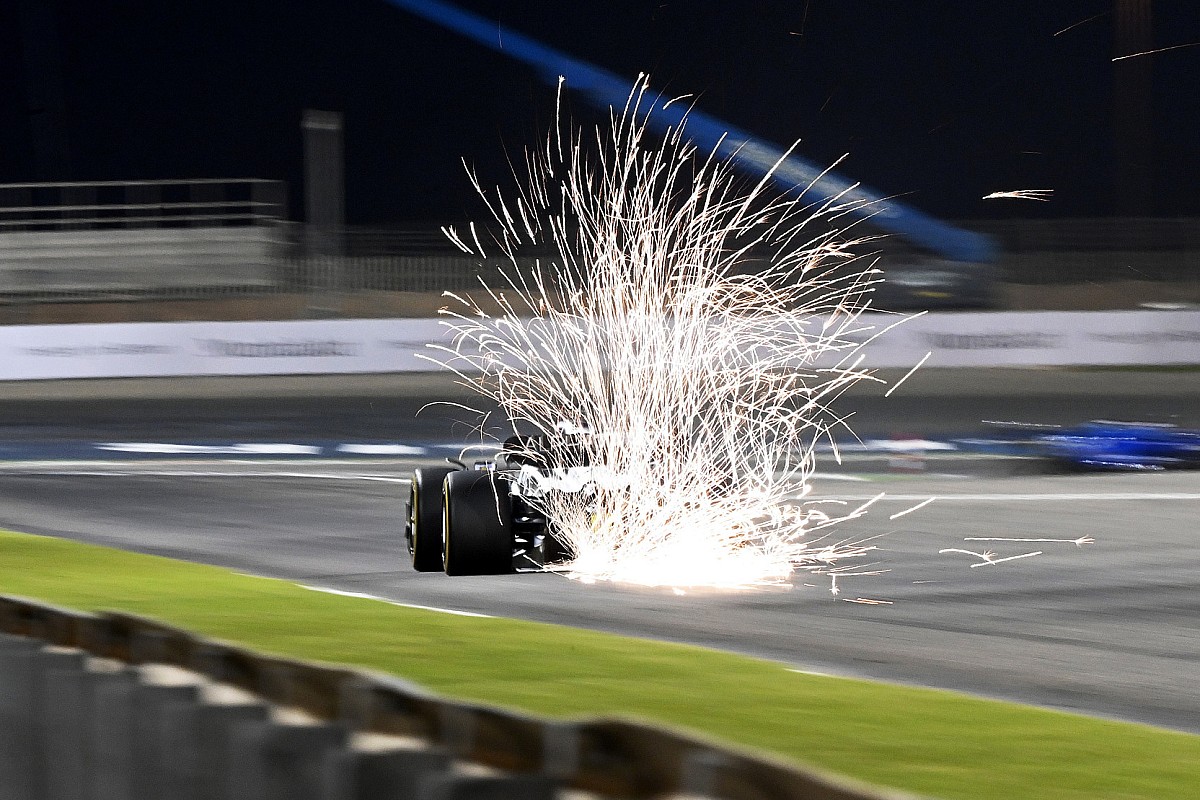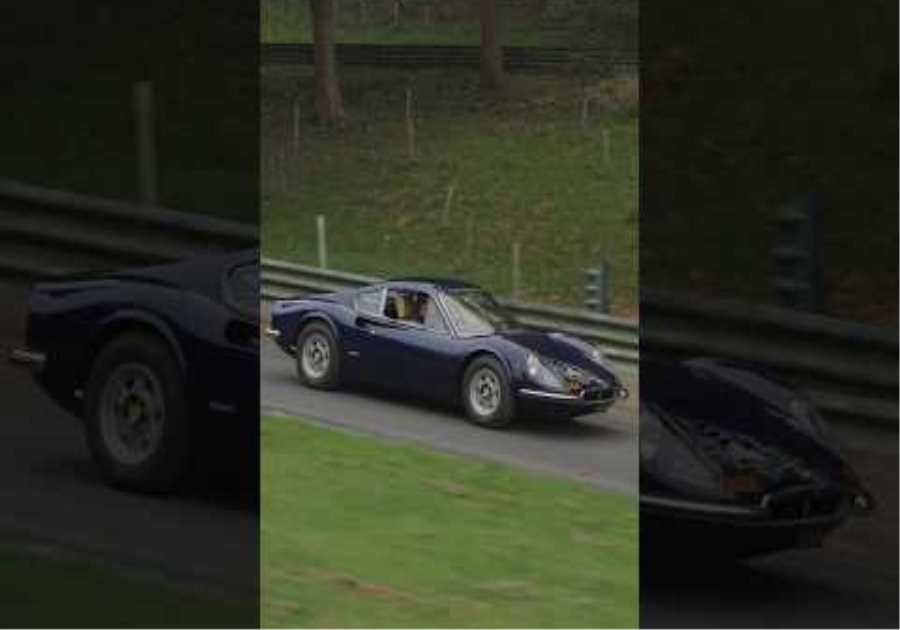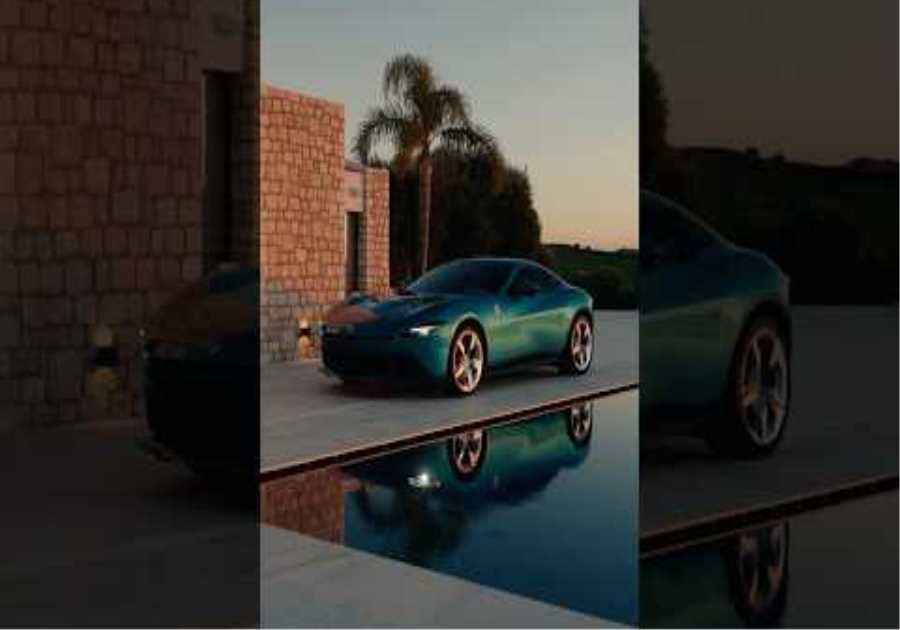
Ahead of this weekend’s Canadian Grand Prix in Montreal, the FIA issued a technical directive to teams to intervene on the ongoing porpoising issue amid safety concerns raised by a number of drivers.
The FIA is set to focus on gathering data this weekend, but will look to apply a threshold for how much the cars can porpoise to prevent drivers from encountering the kind of discomfort many faced in Baku, where the issue hit its worst level yet.
Mercedes drivers George Russell and Lewis Hamilton have been among the most vocal about the safety issue surrounding porpoising, having struggled for pace against Ferrari and Red Bull at the front of the pack this year due to the ongoing problem with its car.
But some figures in the paddock have been more cynical about the safety complaints, including Red Bull boss Christian Horner, who suggested it would be unfair to penalise teams that were not struggling with porpoising by changing the rules.
Speaking on Thursday in Montreal, Gasly – who warned in Baku that drivers would need a cane to walk at 30 if the issue was not addressed – said they were “putting the interest of any team or any car aside” and that the porpoising was ” clearly too much”.
“You can’t even realize what it’s like, just watching from the onboards or watching from the outside,” Gasly said. “I’m just happy they understood this is a serious topic for all of us going forward. We are not here just to complain just because we want to complain about something, we are not like that.
“We all love the sport as it is. We all try to just make it like a better place and push it forward.
“This is just a concern for our health, all of us before even relating it to any performance, just putting all the performance aside.”
Sparks fly from Pierre Gasly, AlphaTauri AT03
Photo by: Steven Tee / Motorsport Images
The short-term impact of setting a limit for the porpoising would hurt the teams struggling the most with it, as it would force them to increase the ride height of their cars to curb the issue, impacting on their performance.
But Gasly felt any impact on the pecking order was “going to be minimal”.
“I think we are talking about, there are things that could be changed that would affect a very, very little part of the performance of everyone’s cars,” he said.
Haas F1 boss Gunther Steiner recognized the cynicism teams may have about major rule changes mid-season, but hoped the planned analysis and data gathering by the FIA would provide some answers.
“We need to measure what it is actually,” Steiner said. “I think some of the cars are pretty bad, but there is a solution: just raise the ride height. But then you go slow – and who wants to go slow?
“I don’t know how many years ago when in the middle of the season we had a change of tyres, something like this, you change it fundamentally, you could change the pecking order again completely.
“Is that really fair? No. They use because of the safety factor. Yes it is a safety factor, but that could be approached as well that if it is too dangerous, just raise the ride height.
“I think the measurement of this is to find a way where it is dangerous without changing the regulations, to find the limit of something, saying if you are above this threshold… I don’t know what penalty you could give.
“I have no idea and I haven’t looked into it. Let’s see a little bit in the next few days.”






